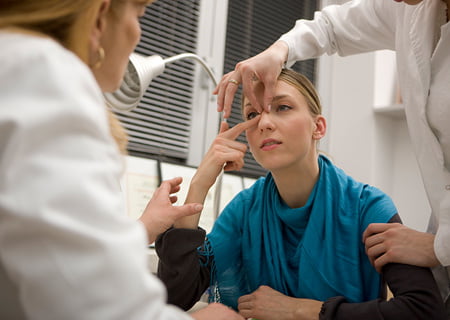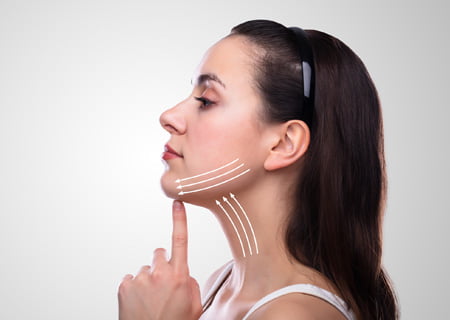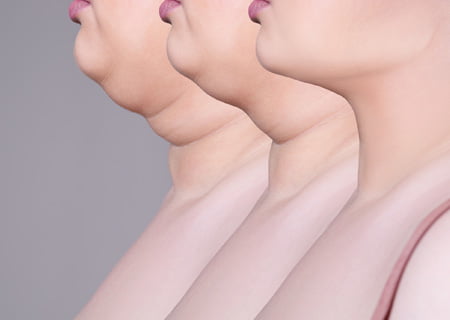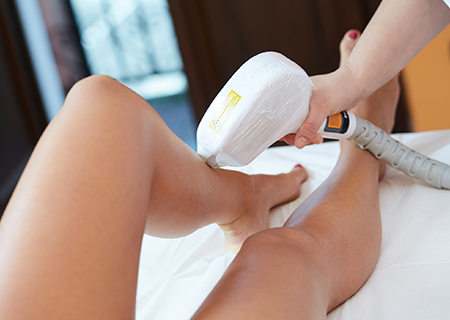Rhinoplasty After a Broken Nose: From Celebrity Stories to Real Solutions in Alberta
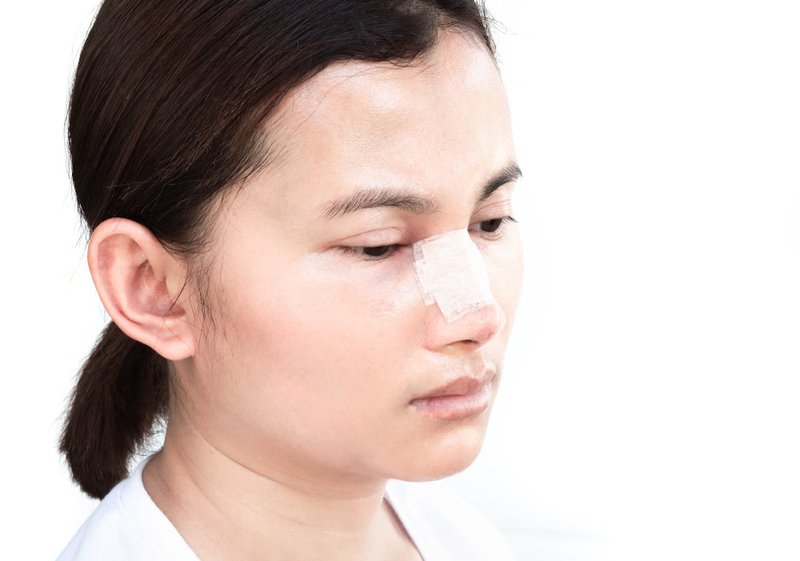
A broken nose leaves a mark that time alone rarely smooths out. The swelling goes down, the bruises fade — yet something about the shape feels off. One side may look flatter, the bridge uneven, breathing less freely than before. For many Albertans, those after-effects last years.
At her Calgary facial plastic surgery practice, Dr Kristina Zakhary often meets patients who have lived quietly with the results of an old nasal injury. Some broke their nose in sports. Others during childhood accidents or a fall on the ice. The cause hardly matters; what matters is that the nose never quite returned to its place.
“A nose that has been broken once often carries a hidden imbalance,”
says Dr Zakhary.
“It’s not just the surface that shifts — the inside architecture does too. That’s why people notice both cosmetic and breathing changes long after the injury.”
What Happens When the Nose Breaks
People also search
The nose is built like a tent — thin bones at the top, soft cartilage below, everything supported by flexible tissue. When it’s struck hard enough to fracture, the structure bends and splinters. Even if it’s set quickly in an emergency room, the fine alignment of bone and cartilage is rarely perfect again.
Weeks later, swelling subsides but small internal ridges and septal bends remain. Over time, these can block airflow and distort the profile. Many patients adapt unconsciously, breathing more through the mouth or one nostril, until fatigue or snoring reminds them something isn’t right.
Dr Zakhary’s first task is to analyse what moved — bone, cartilage, or both — and whether scarring inside the nasal passages contributes to obstruction.
Celebrity Case 1: Cameron Diaz — When Breathing Comes First
Cameron Diaz, the Californian actress known for her bright, athletic style, once admitted she had broken her nose multiple times, one of them in a surfing accident. After the last incident, she could barely breathe through one side. Surgery restored her airway and subtly corrected the outward deviation.
Her story mirrors what Dr Zakhary sees in many Alberta patients: a mix of cosmetic concern and functional distress. When airflow is limited, septorhinoplasty — a combination of septum repair and external correction — is the solution. It restores symmetry, straightens the bridge, and brings back easy breathing.
“People often come to me saying they just want their old nose back,”
says
Dr Zakhary
.
“We study photographs from before the injury, map the internal obstruction, and rebuild the framework so that it looks and feels natural again.”
Celebrity Case 2: Owen Wilson — When Character Wins
On the other end of the spectrum stands actor Owen Wilson. He broke his nose twice while growing up in Texas and decided never to change it. His distinctive curve became part of his charm — instantly recognisable, a feature rather than a flaw.
This perspective helps illustrate a key point: rhinoplasty after a broken nose is not mandatory. It’s a choice that depends on how the injury affects function, comfort, and confidence. Dr Zakhary often meets people who simply want to understand their options before deciding. “A crooked nose isn’t always a problem,” she says. “If you breathe well and you’re comfortable with your reflection, there’s no reason to operate. The best surgery is the one that truly serves the patient, not the mirror.”
Inside Dr Zakhary’s Approach
Each fractured nose tells its own story. Some were pushed inward and healed flat; others bent sideways and left the tip twisted. No two are identical, which is why the treatment must be individual.
Dr Zakhary begins every evaluation with a detailed examination of the facial proportions and the internal airway. Digital photographs from several angles reveal the degree of deviation, while gentle endoscopy shows how the septum and valves are functioning.
If the damage is primarily structural, she often uses a Closed Ultrasonic Rhinoplasty technique — a modern method that employs fine sound-wave instruments to reposition bone without heavy chiselling. This approach lessens trauma and speeds recovery.
When older fractures have calcified or produced uneven scar tissue, uses her closed mini dissection ultrasonic rhinoplasty approach to obtain great precision in rebuilding the internal support with small cartilage grafts taken from your own nose or ear.
The procedure usually takes between two to four hours, depending on complexity, and is performed in Dr Zakhary’s fully accredited Calgary surgical suite under general anaesthesia.
The Recovery Process
For the first 2 weeks, patients wear a small external splint and internal splints to support the healing. Visible bruising under the eyes is common but fades quickly. Most describe the discomfort as congestion rather than pain.
- Days 1–3: Rest, cold compresses, and head elevation.
- Day 14: Splint and internal Doyle splints removed; breathing begins to clear.
- Weeks 2–3: Swelling subsides; normal daily activities resume.
- Weeks 4–6: Nose feels stable; residual swelling continues to settle.
- Six months-2 years onward: Final contour and breathing refinement become complete.
Dr Zakhary reviews each patient personally during follow-up visits, adjusting after-care instructions as the healing progresses.
Risks and Realities
Operating on a previously broken nose is delicate work. The anatomy is less predictable; scar tissue may resist movement, and one side may remain slightly firmer than the other.
Typical risks include temporary numbness, mild asymmetry, or minor residual deviation. Major complications are rare but discussed openly.
What makes a difference is experience. Dr Zakhary’s dual training in Otolaryngology – Head & Neck Surgery with special focus on Facial Plastic Surgery allows her to handle both the internal airway and the outer form with equal precision.
“When you repair a traumatic nose,”
she says,
“you’re not just sculpting — you’re restoring the breathing path that nature intended. Every cut, every suture has to respect that invisible corridor of airflow.”
Cost and Practical Details in Alberta
The financial aspect depends on the nature of the injury. When the purpose of surgery includes functional restoration — such as correcting a deviated septum — Alberta Health Care may cover that part of the procedure but this doesn’t change the price of the cosmetic rhinoplasty. The external refinement is considered cosmetic and is billed separately.
Before any commitment, the Calgary clinic provides a personalized estimate outlining surgeon’s fees, anaesthesia, facility costs, and follow-up visits. Financing through recognised providers is available, and patients are encouraged to take time to decide. Transparency is part of the clinic’s ethos.
Why So Many Albertans Choose Dr Kristina Zakhary
With more than 8,000 facial procedures performed, Dr Zakhary ranks among Canada’s most experienced facial plastic surgeons. She is President of the Canadian Academy of Facial Plastic and Reconstructive Surgery, certified by the American Board of Facial Plastic and Reconstructive Surgery, and holds a Fellowship of the Royal College of Physicians and Surgeons of Canada in Otolaryngology Head&Neck Surgery.
Her practice focuses exclusively on the nose, face and neck. No body contouring, no general plastic surgery work — only the fine details that shape expression. Patients often describe her manner as exacting yet calm; she listens closely, works conservatively, and prefers results that look natural born, not made.
The Broader View
Cameron Diaz chose to fix her breathing and restore symmetry. Owen Wilson chose to keep his uneven bridge. Both paths make sense, because both respect the individual behind the nose.
For Albertans living with an old fracture, the question is simple: does it bother you — physically, functionally, or emotionally? If yes, an experienced facial surgeon can help.
Dr Zakhary
often tells her patients,
“The goal isn’t to create a new nose. It’s to bring back the one you were meant to have before the accident. Once it feels like it belongs again, you stop thinking about it — and that’s when we know we’ve done it right.”
Medically reviewed by:
Dr Kristina Zakhary MD, MSc, FRCSc
Otolaryngology Head & Neck surgeon with special focus on Facial Plastic and Reconstructive Surgery
– Calgary, Alberta
President, Canadian Academy of Facial Plastic and Reconstructive Surgery
This article is intended for educational purposes and does not replace a personal medical consultation.
